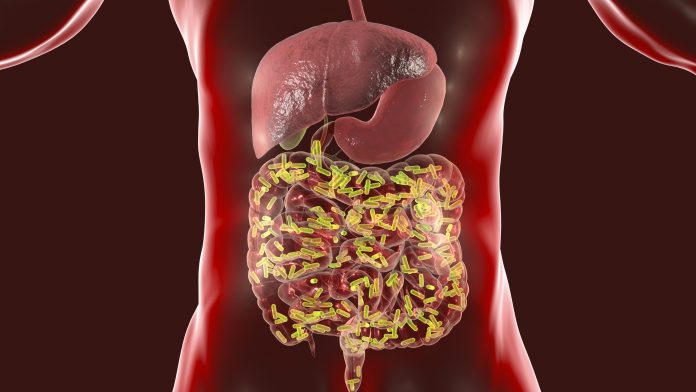
Researchers from the University of California (UC) Irvine have shown that variability in the gut microbiome can impact the pharmacokinetics of tamoxifen, which could explain why roughly 50% of women with breast cancer don’t respond to the treatment that reduces the risk of cancer recurrence. The finding published in the journal mBio of the American Society for Microbiology, suggests that a simple stool test might one day help doctors predict which patients are most likely to benefit from the drug.
“The key takeaway from this study is that while tamoxifen is a common and important treatment for preventing breast cancer recurrence, nearly 50% of patients don’t respond well to it,” said lead author Yasmine Alam, a PhD candidate in the department of biological chemistry at UC Irvine. “Since tamoxifen is taken orally and passes through the gut, this difference in how patients respond may be linked to the gut microbiome—the trillions of bacteria in our intestines, which vary greatly from person to person.”
The researchers focused on understanding how variations in gut bacteria influence how the body absorbs, distributes, metabolizes, and excretes tamoxifen. In particular, the study explored the role of specific enzymes produced by gut microbes, which may play a crucial role in tamoxifen’s effectiveness. When tamoxifen is taken orally, it passes through the stomach and into the intestines, where it is absorbed into the bloodstream. Once in the blood, the drug is metabolized in the liver into its active form, which works to combat breast cancer. However, a sugar molecule can sometimes attach to tamoxifen, which signals the body to send the cancer-fighting form of the drug back into the intestine for disposal, instead of it entering the bloodstream where it can be distributed across the body to sites where it can fight against cancer recurrence.
One key finding of the study is the role of a specific enzyme, beta-glucuronidase, produced by certain gut bacteria, in breaking down this sugar molecule.
“Specifically, we found that certain enzymes produced by gut bacteria, called β-glucuronidase, play a role in how tamoxifen is broken down. These enzymes help recycle tamoxifen back into the bloodstream, which can make the drug more effective,” Alam explained. “We discovered that a particular type of bacteria, Bacteroides fragilis, was strongly linked to the ability of these enzymes to affect tamoxifen levels in the blood in a positive way.”
The clinical implications of this discovery are significant. Understanding the role of the microbiome in tamoxifen metabolism could eventually lead to diagnostic tools that identify patients who are likely to respond to the drug, as well as those who may not. Such tools could include stool tests to analyze gut bacteria and predict drug efficacy.
“Metabolism that shapes pharmacokinetics is not isolated to the activity of host enzymes but occurs in conjunction with metabolism by the gut microbiota,” the researchers wrote. “We have inferred from our collected data and observations that the gut microbiota and its ability to control the drug concentration at therapeutic sites in the body may be crucial for predicting and improving patient responsiveness to tamoxifen.”
In addition, the researchers suggested that dietary advice could help support the growth of beneficial bacteria that enhance tamoxifen’s effectiveness, providing a more holistic approach to cancer treatment.
The long-term goal of this research is to develop more individualized therapeutic strategies that take into account a patient’s unique microbiome composition. This could include the development of diagnostic tests to stratify patients by their response to tamoxifen, ultimately improving the clinical care of breast cancer patients and potentially enhancing survival rates.





